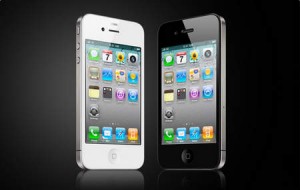 Following Superstorm Sandy, people across the East Coast who were part of town and citywide black outs discovered very quickly that emerging technology has a downside: Communication during emergencies is now harder than before.
Following Superstorm Sandy, people across the East Coast who were part of town and citywide black outs discovered very quickly that emerging technology has a downside: Communication during emergencies is now harder than before.
Over the last 10 or more years, landlines have been replaced in homes with cell phones and other flashy looking mobile handsets. Analysts however, say that many of the new wireless devices rely on electricity to work. When the power is lost, so is the use of the device therefore, cutting off communications with friends, family and any emergency services that might be needed.
The same analysts say the U.S. digital portrait does not look encouraging, as more than 36% of homes nationwide are now wireless. When the last count of pay phones was done in 2009, there were only 550,000, down from more than 2.1 million before the turn of the century, according to FCC data.
Industry critics say the telecommunications industry has not done a sufficient amount of work to ensure people are able to communicate during times of emergency. AT&T and other telecommunications firms are pushing for less money to be invested in networks that are wire line.
Advocacy groups have argued that providers of wireless service need to have backup power for the many cell towers they have so it ensures reliable service. The industry however, says that type of requirement would not be cost effective.
